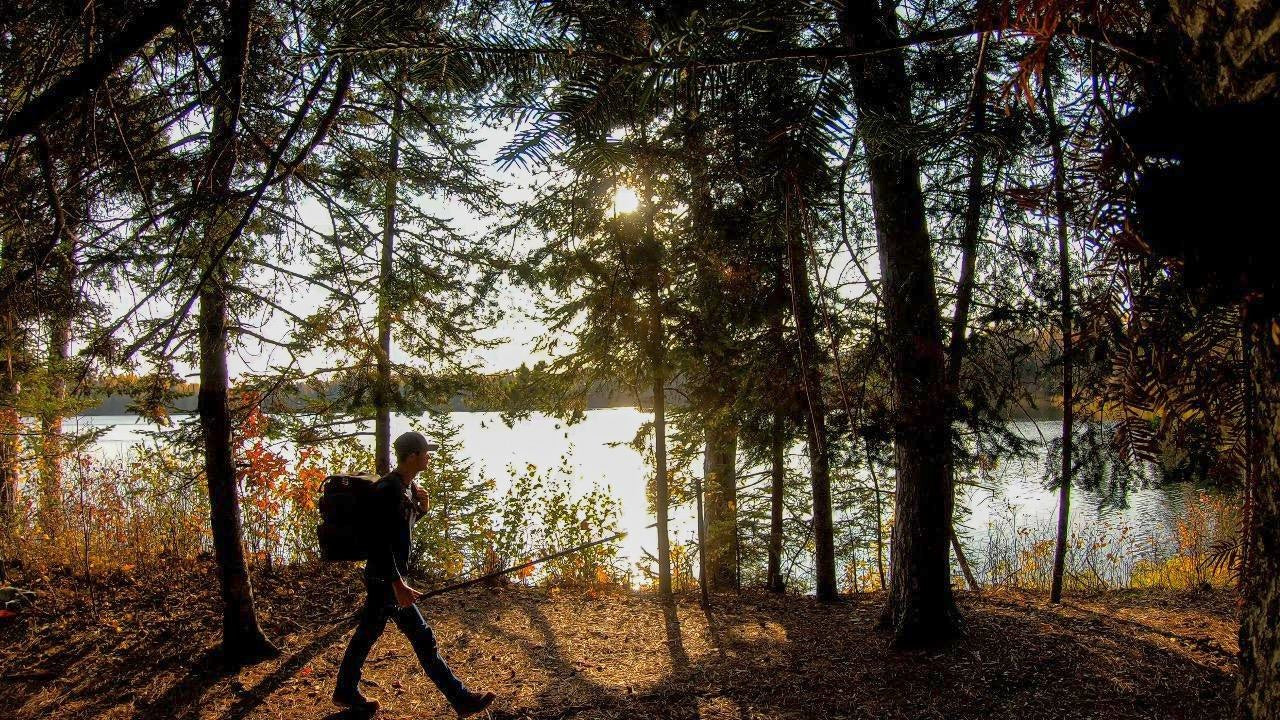Wired2fish hits the the bank with Stephen Browning as he shares his approach to successful pond fishing for bass during any season. With years of experience, Browning simplifies the process, sharing his best bass lures for pond fishing and a methodical approach to avoid missing productive water.
TACKLE USED (retail links)
- BLADED JIG – Z-Man ChatterBait Elite EVO: Buy at Bass Pro Shops, Buy at Tackle Warehouse
- TRAILER – Z-Man RaZor ShadZ Swimbait: Buy at Bass Pro Shops, Buy at Tackle Warehouse
- ROD – St. Croix Legend Tournament Series Casting Rods, 7’2” Heavy Moderate Med/Mod Fast (LBTC72MH): Buy at Bass Pro Shops, Buy at Tackle Warehouse
- REEL – Lew’s Tournament Pro LFS Casting Reel, 7.5:1: Buy at Bass Pro Shops, Buy at Tackle Warehouse
- LINE – Gamma Edge Fluorocarbon, 14-pound: Buy at Tackle Warehouse
INTRODUCTION TO POND FISHING FOR BASS
Pond fishing offers a microcosm of larger water bodies but provides the unique opportunity to target bass more efficiently. In this video, Browning takes us through a day of pond fishing, where he demonstrates how to cover water effectively from a single vantage point. Additionally, he comes armed with lures that allow him to cover the entire water column from top to bottom. He stresses the importance of fan casting and working through various depths to locate bass. Contrary to what most think, they’re not always on the bank.
BEST BASS LURES FOR POND FISHING
Simplicity in tackle selection is a key shore fishing tip. Browning recommends essential lures covering the top, middle, and bottom sections of the water column: a frog, crankbait, bladed jig, and a shaky head or Texas-rigged worm will have you covered. These selections allow you to adapt to the bass’s position, whether they’re hanging tight to the bank around cover, suspended in open water, or holding tight to the bottom in deeper water.
EFFECTIVE CASTING TECHNIQUES
A key strategy Browning uses is repetitive casting. After identifying productive zones, such as grass patches or areas with varying underwater structure, he advises making multiple casts to cover the area thoroughly. This method proves its worth when Browning hooks some solid fish on subsequent casts to the same general area. Next, note the extent of your cast down the bank, mark that spot and walk to it as your next starting point to avoid missing good spots.
LEVERAGING THE CONDITIONS
As he navigates bank fishing, Browning discusses the impact of weather conditions on bass behavior. He points out that during bright bluebird days, bass commonly hold deeper, so he recommends fishing deeper, too. His understanding of the day’s conditions guides his choice of fishing spots and techniques. If it’s early morning, a topwater bait fished on a long parallel cast down the bank is often best.
READING THE ENVIRONMENT
Browning teaches viewers to read environmental cues, such as vegetation and water clarity, to inform bait selection. Given the off-colored water, he opts for a white ChatterBait for contrast and to create more vibration and attract bass. His adjustments pay off with several fish catches.
CONCLUSION AND LESSONS LEARNED
Browning concludes by recapping the day’s lessons, highlighting the importance of adapting to conditions, simplifying gear, and focusing on areas where bass are most active. As Browning illustrates, pond fishing can be as rewarding as any day on the big water, especially when armed with a simple and sound approach.
















